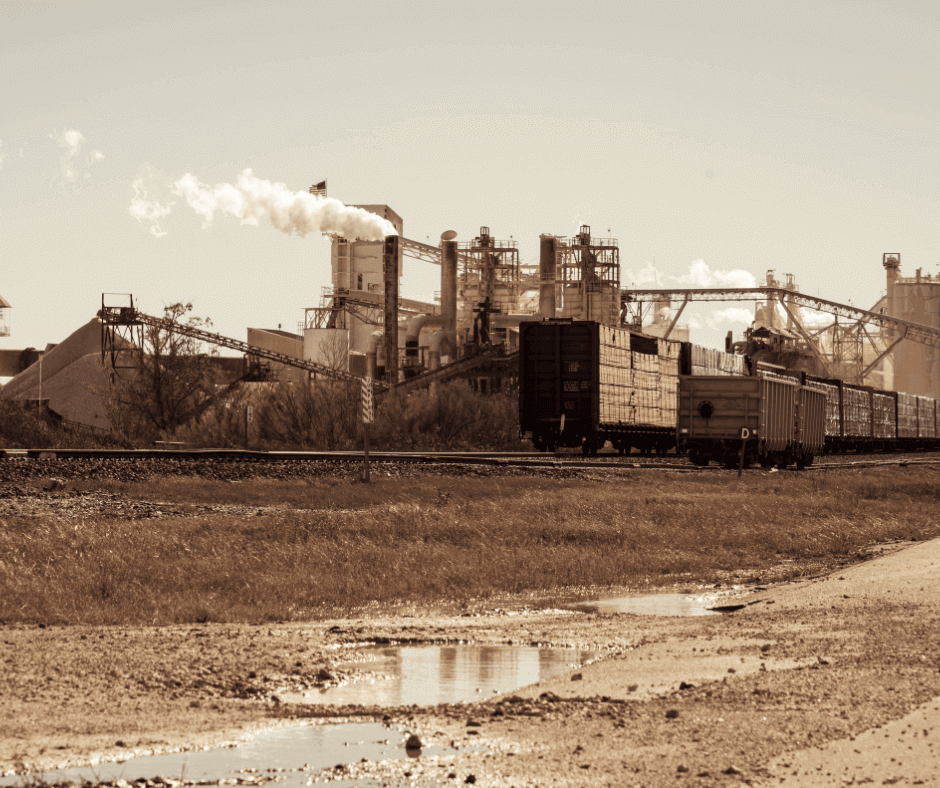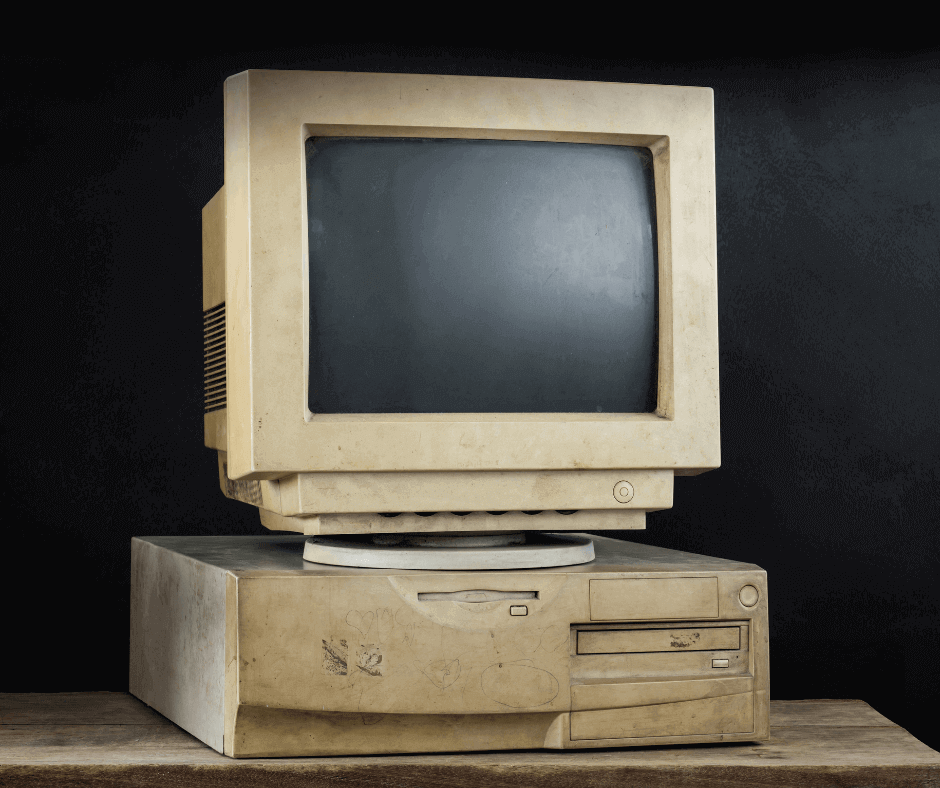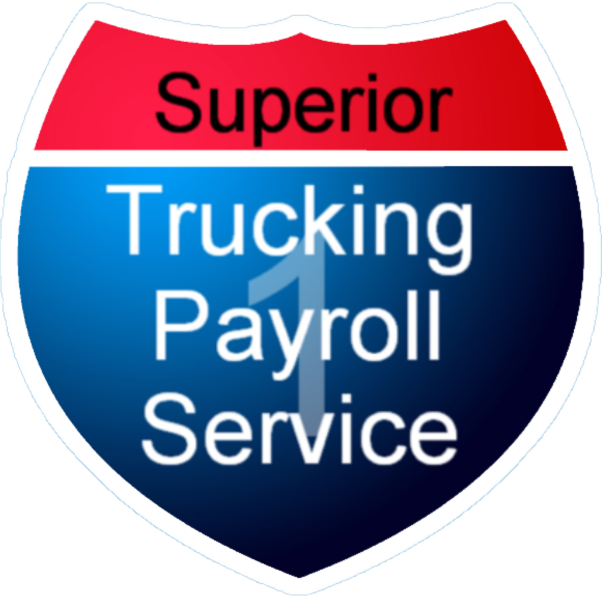Are you 100% sure you’re handling per diem correctly in...
Read MoreThe way people are compensated for their work has evolved significantly over the centuries. From simple barter systems to the digital paychecks of today, the history of payroll is a fascinating journey through time. In this article, we’ll explore the evolution of compensation, highlighting key milestones in the history of payroll.
Barter and the Early Beginnings
The earliest form of compensation was the barter system, where goods and services were exchanged without the need for currency. Individuals would trade what they had in surplus for what they needed. While this system worked well for small communities, it became impractical as societies grew more complex.
Ancient Currencies and Wage Labor
As societies advanced, various forms of currency emerged. In ancient civilizations, commodities like grains, cattle, and shells were used as mediums of exchange. Eventually, these gave way to coins made from precious metals.
The concept of wage labor began to take shape in ancient Rome. Workers were often paid in kind, such as with food or other necessities. The Roman military, for example, was paid in salt, which is the origin of the word “salary.”

The Middle Ages and the Guild System
During the Middle Ages, the guild system became prominent. Skilled artisans and craftsmen formed guilds, and workers were compensated based on their craft. This system had strict rules and apprenticeships that dictated how much individuals could earn.

The Industrial Revolution and Factory Workers
The Industrial Revolution brought significant changes to the world of work and compensation. Factory workers were often paid low wages and worked long hours in challenging conditions. The emergence of factories and mass production marked a shift in how compensation was structured. In this era the word “payroll” was implemented as regular payments made toward an employee’s salary replaced compensation in the form of shelter, clothing, or food.
The Birth of Modern Payroll
The late 19th and early 20th centuries saw the emergence of modern payroll systems. The advent of payroll cards and the widespread use of checks made it easier to pay employees. With the development of labor laws, wages became more regulated, and concepts like minimum wage and overtime pay were introduced.
The Digital Age and Direct Deposit
The digital age brought further transformations to the payroll process. With the invention of computers and the internet, the U.S. Air Force was the first to implement the use of direct deposit and became a common method of paying employees everywhere. This shift not only made payroll more efficient but also reduced the need for physical checks.

Modern Payroll: A Complex Ecosystem

Today, payroll is a sophisticated ecosystem. Companies utilize payroll software and services to manage a multitude of tasks, from calculating deductions and taxes to handling direct deposits. Compliance with labor laws and tax regulations is a crucial component of payroll management.
Future Trends in Payroll
As technology continues to advance, payroll is expected to evolve further. Mobile payment methods, cryptocurrency, and artificial intelligence are already beginning to influence how employees are compensated. These changes aim to make payroll processes more efficient and convenient.
Bottom Line:
The history of payroll is a testament to the evolution of work and compensation. From simple barter systems to intricate digital payroll ecosystems, the way we compensate employees has come a long way. As technology continues to advance, the future of payroll promises to bring even more changes and innovations, shaping the way we work and get paid in the years to come.
Tessa joined Superior Trucking Payroll Service in September 2022. She loves to write and make videos which made her a great asset to the team in her marketing position.
Before working at Superior Trucking Payroll Service she worked in IT at GVSU which gave her the skills to problem-solve with customers over the phone.
Contact Us!
Start-Up Trucking Company Payroll Help – No, You Are Not Too Small
Just Bought Your Second Truck? Now What? “How do I...
Read MoreWhat’s the Difference Between a Garnishment and a Friend of the Court (FOC) Order?
Have you ever looked at your paycheck and wondered, “Why...
Read MoreTrucking Payroll Tip: How To Handle Missing or Incorrect SSNs
What do you do if a truck driver gives you...
Read MoreDo You Have to Register for SUTA Before Running Your First Payroll?
Are you getting ready to pay your first employee? Not...
Read More
